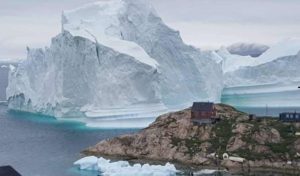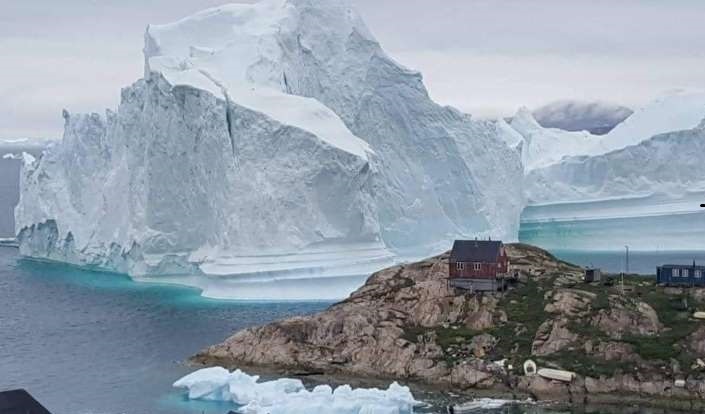
Strongest And Oldest Arctic Sea Ice Breaks Up For The First Time
Ice in the Arctic, despite being the oldest and thickest sea ice, has begun to break up, starting to open waters north of Greenland that is normally seen in frozen conditions, even in summer season. Such a phenomenon was recorded never before and now it has already occurred two times this year only due to the warm winds and also due to the climate-change driven heatwave in the northern hemisphere. The loss of ice was described by one of the meteorologists as scary. Others said that the loss of ice could force scientists to revise their theories regarding the part of the Arctic that would withstand the warming for the longest period.

The area of sea off the north coast of Greenland is in frozen form in normal conditions and used to be referred as “the last ice area” due to the fact that it was assumed that this would be the last northern holdout against the melting effects of a hotter planet. But due to the abnormal temperature spikes in the month of February and the vulnerable winds earlier this month have pushed the ice further away from the coast. Such a pattern was not recorded earlier since satellite records started in the 1970s.
“Almost all of the ice to the north of Greenland is quite shattered and broken up and therefore more mobile,” said Ruth Mottram of the Danish Meteorological Institute. “Open water off the north coast of Greenland is unusual. This area has often been called ‘the last ice area’ as it has been suggested that the last perennial sea ice in the Arctic will occur here. The events of the last week suggest that, actually, the last ice area may be further west.”
Due to the Transpolar Drift Stream, Ice to the north of Greenland is usually particularly compacted, which is one of two major weather patterns that push ice from the Siberian side to the Arctic to the coastline.
Walt Meier, a senior research scientist at the US National Snow and Ice Data Center, said: “The ice there has nowhere else to go so it piles up. On average, it’s over four meters thick and can be piled up into ridges 20 meters thick or more. This thick, compacted ice is generally not easily moved around.
“However, that was not the case this past winter (in February and March) and now. The ice is being pushed away from the coast by the winds.”
Over the past century, the world may have warmed by around 1C (1.8F) but the region of Arctic far outstrips this whole global average and is slowly warming at the rate that is twice the rest of the world.
In some places that rate of warming has been very astonishing. And due to this the month of November in the town Utquagvik, an Alaska town, recorded 5.5C warmer than they were previously in 1979. Past Winter was the warmest on records especially in the Arctic and saw some locations exceeding 20C hotter than normal.
You May Also Read: “Keeko” The New Educator In Chinese Kindergartens